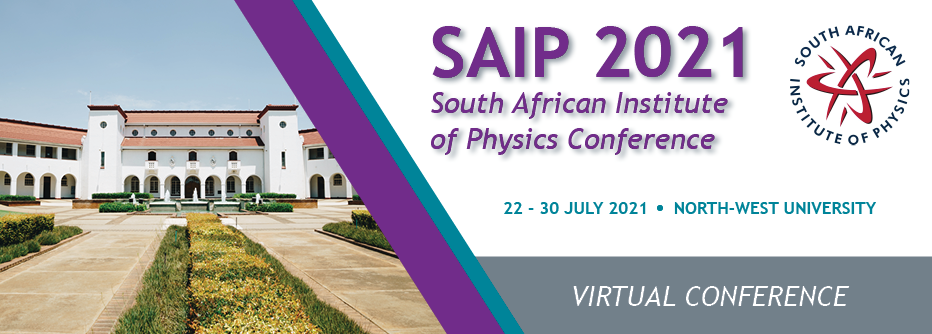Speaker
Description
Magnetite (Fe3O4) has drawn interest since its discovery since it is one of the naturally occurring minerals that has importance in paleomagnetic measurements used to study continental drift [1]. The compound is also found in the mantle wedge of subduction zones [1]. Magnetically, Fe3O4 orders ferrimagnetically with a Curie temperature of 850 K having an inverse spinel structure, AB2O4, with the A site occupied by Fe3+ and the B sites populated equally by Fe3+ and Fe2+ at room temperature [2]. As a result, A site contributes +5 μB, and the B sites contributing −5 μB and +4 μB, respectively, yielding a total spin moment of 4μB with no orbital moment [2]. Interestingly, Fe3O4 demonstrates a metal-insulator transition, popularly known as the Verwey transition, at a temperature TV = 120 K, below which two-fold increase in the resistivity occurs [2]. Fe3O4 plays an important role as a catalyst in inorganic processes such as the synthesis of ammonia and in organic methods such as the dehydrogenation of ethyl benzene to styrene [3]. The high demand for magnetic recording media coupled with the possibility of imaging the atomic structure and the electronic properties of the surface made it the potential candidate [3] for this use. Specifically, attention was focused on the study of the surface reconstruction of magnetite and its magnetic properties [3]. The inverse spinel structure is stable and can be retained even by application of pressures up to 10 GPa [4]. As a consequence, the B sites are randomly occupied by Fe2+ and Fe3+ even at high pressure. Charge ordering can therefore not be precluded to explain the Verwey transition under high pressure and low temperatures [5]. Looking at the importance of Fe3O4, the present work aimed at the synthesis of Fe3O4 nanoparticles using a novel green synthesis approach. For the green synthesis, native Aloe arborescens plant extract was used in the co-precipitation method. The average crystallite size was found to be 22.20 nm from the X-ray diffraction (XRD). Temperature and applied field dependent magnetization measurements confirm the retention of ferrimagnetic behavior up to 300 K. To manipulate the magnetic ordering Cr3+ was substituted at Fe3+ site. Effect of synthesis method, particle size and Cr doping on crystal structure and magnetism will be discussed in this work.
References
[1] A. Bengtson, D. Morgan, and U. Becker, Phys. Rev. B, 87 (2013) 155141.
[2] J. A. Duffy, J. W. Taylor, S. B. Dugdale, C. Shenton-Taylor, M. W. Butchers, S. R. Giblin, M. J. Cooper, Y. Sakurai, and M. Itou, Phys. Rev. B 81, (2010)134424.
[3] G. Mariotto, S. Murphy, and I. V. Shvets, Phys. Rev. B. 66 (2002) 245426.
[4] S. Klotz, G. Steinle-Neumann, Th. Strässle, J. Philippe, Th. Hansen, and M. J. Wenzel, Phys. Rev. B, 77 (2008) 012411.
Apply to be considered for a student ; award (Yes / No)?
Yes
Level for award;(Hons, MSc, PhD, N/A)?
PhD

